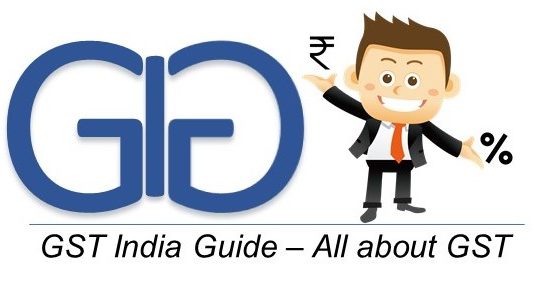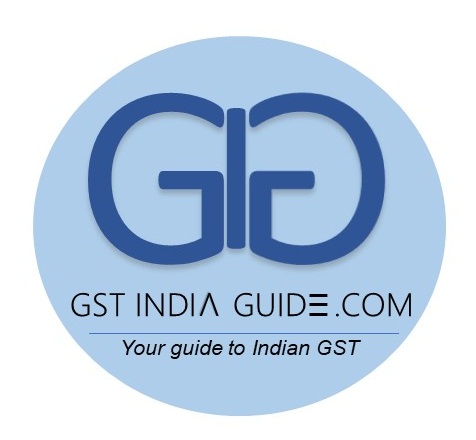GST, the biggest tax reform in independent India, is on course to implementation and is set to change the way we do business. The governments in various economies use taxes as a tool to maneuver investments and growth between various sectors, within their overall economic developmental objectives. That said, the purported move to GST in India is meant to mostly reform the current indirect tax structure and is neither a route to realign sectoral balance within the economy, nor to derail the government’s agenda on the growing-in-priority sectors of health and education, in which providing affordable availability of quality healthcare to the common man is prime.know about medical negligence
India still spends only around 4.2% of its national GDP on healthcare goods and services (compared to 18% by the U.S.). The medical device sector is smallest overall within India’s healthcare industry. Globally medical devices draw in about $400 billion, accounting for about 36% of the $1.3 trillion global pharma industry. On the contrary, if one looks at the India numbers, the Indian pharma industry is about $35 billion; whereas, medical devices are only $7 billion, which accounts for just 20%. India accounts for only 1.8% of the medical device industries worldwide, and it is at a nascent stage. This is a reflection of the wide gap that needs to be covered before India can join the league of developed nations that facilitate quality healthcare to their citizens. This is coupled with low insurance penetration, with just about 17% of the total population covered (as per IRDA estimates). As a corollary, therefore, India’s out-of-pocket spend (private spend) on healthcare is one of the highest in the world (greater than 65%). The policymakers must take into account the existing state of affairs on healthcare delivery when implementing a law with as far-reaching an impact as GST.
Forbes, 22 February 2017

